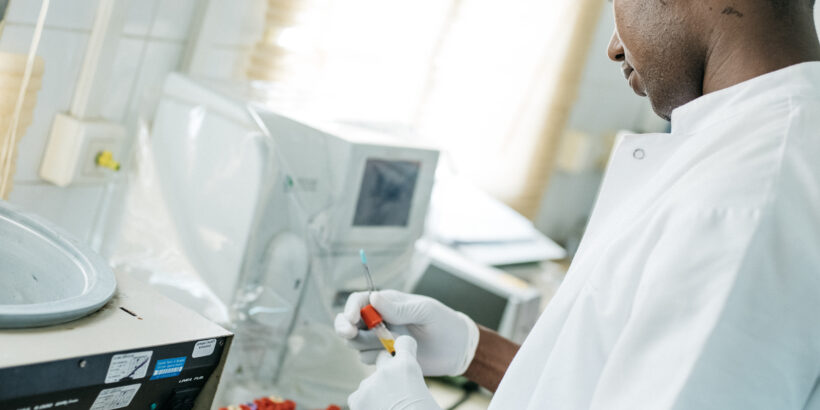Typhoid remains extremely challenging to diagnose. The current gold standard diagnostic is laboratory confirmed blood culture. These tests are difficult to perform and require specialized laboratory skills and facilities. Many typhoid endemic countries lack the resources to conduct blood cultures. Even when blood cultures are carried out, they can miss nearly half of typhoid cases. This makes typhoid diagnosis difficult and forces researchers and policymakers to rely on estimates to understand the true typhoid burden in a community, country, or the world.
A study conducted by organizations in Bangladesh, Ghana, Nepal, and Pakistan, in collaboration with researchers at UC Davis and Stanford University, aimed to evaluate whether a new diagnostic tool that uses blood samples from finger-pricks could reliably estimate population-level typhoid incidence. The data available through this approach could provide a more comprehensive picture of typhoid incidence and help decision-makers when considering the potential introduction of typhoid conjugate vaccines in their country.
To learn more about this study and its results, please see this blog published by Stanford University.



